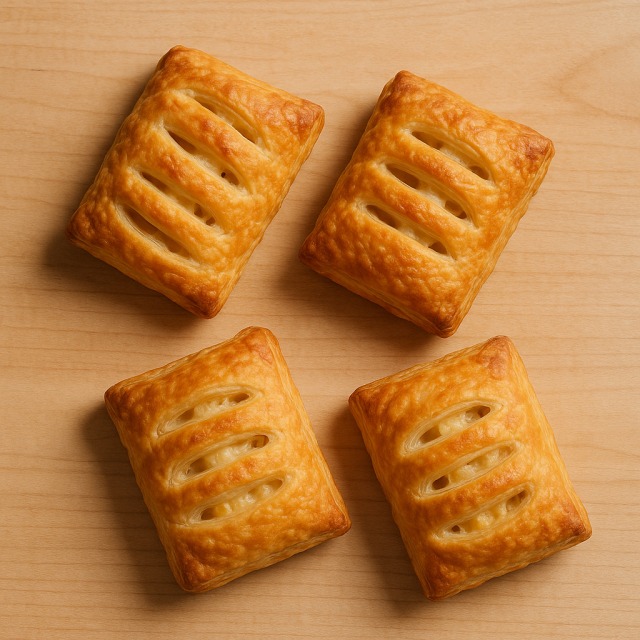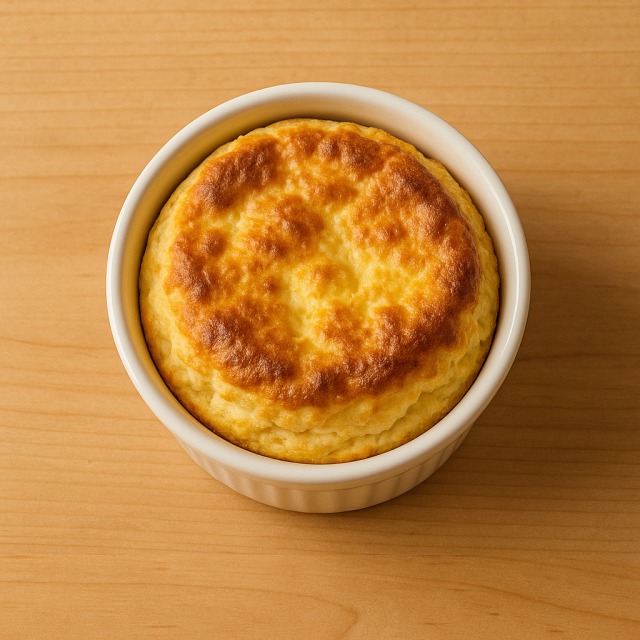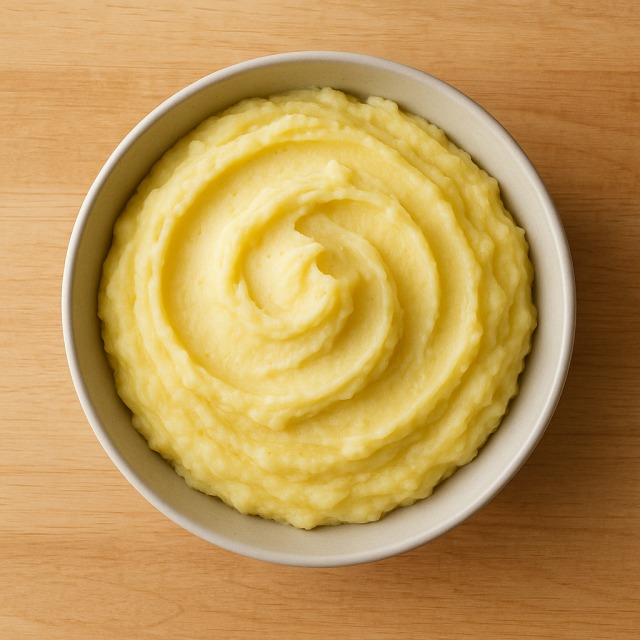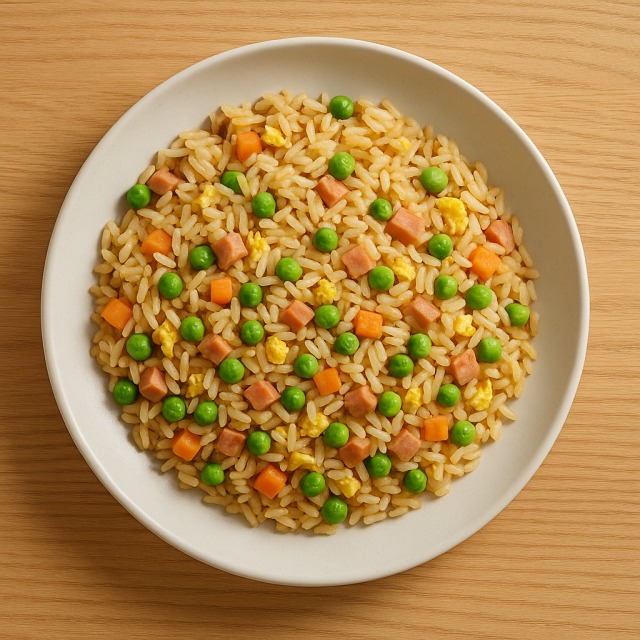Calorie Chart / Recipes / Tabbouleh
How Many Calories Are in Tabbouleh?
Calculation of the nutritional value & Recommended Dietary Intake of tabbouleh
For g and a calorie requirement of kcal
| Calories 213 kcal | Proteins 6 g | Lipids 8.3 g | Carbohydrates 29 g |
| 11% | 8% | 12% | 11% |
Health benefits of tabbouleh
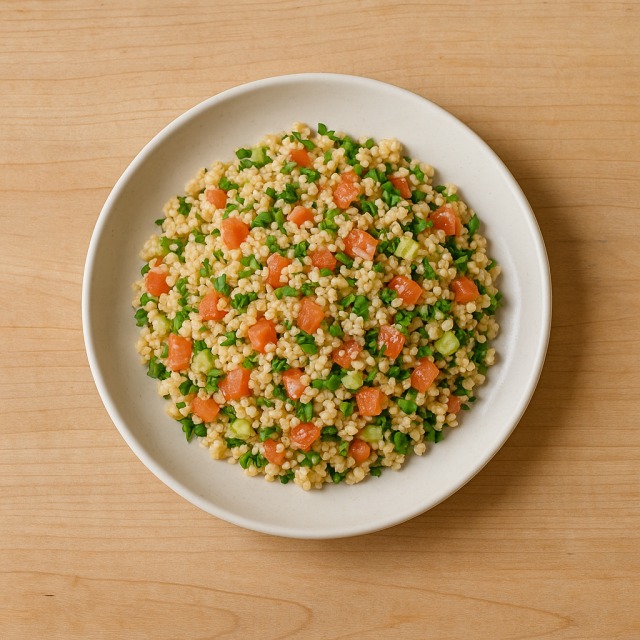
Tabbouleh - 100g
Calories 142 kcal
Proteins 4 g
Lipids 5.5 g
Carbohydrates 19 g
With 142 kcal per 100 g, tabbouleh is considered a moderate-calorie preparation: neither as light as plain cucumber nor as energy-dense as butter. Its calories mainly come from complex carbohydrates in bulgur, which provide slow-release energy ideal for an active day.
The generous amount of flat-leaf parsley supplies vitamin K, provitamin A, and chlorophyll, while tomatoes contribute vitamin C and the antioxidant lycopene. Bulgur adds B-vitamins (notably B3 and B6), iron, magnesium, and a noteworthy 4 g of protein per 100 g for relatively few calories. The fresh mint and lemon juice also bring small amounts of folate and potassium and help the body absorb iron thanks to their vitamin C content.
Although tabbouleh is low in saturated fat (only 5.5 g lipids per 100 g) and offers around 2.5 g of dietary fiber, its refreshing taste can increase satiety without excessive calories, making it popular in weight-management plans. Traditionally from the mountains of Lebanon and Syria, this centuries-old salad was originally parsley-based; bulgur became dominant only when higher-calorie cereals became more affordable, a historical detail that explains today's nutrient profile.
Tips for incorporating tabbouleh into a balanced diet
To keep your daily calories under control, use tabbouleh as a base and add a lean protein such as grilled chicken breast, seared salmon, or a few cubes of tofu. The mix turns into a balanced plate providing complete proteins without blowing up the calories.
For a Mediterranean bowl, fold in diced cucumber, crumbled feta, and a spoon of tzatziki. This keeps the dish fresh, boosts calcium, and adds very few extra calories compared with creamy dressings.
If you need more slow-burning energy before training, pair tabbouleh with a ladle of warm lentils; if instead you aim to cut calories, replace part of the bulgur with finely grated cauliflower florets. Whatever option you choose, remember that portion size remains the easiest lever for moderating calories.
Frequently Asked Questions
- How many calories are in tabbouleh?
- There are 142 kcal per 100 g.
- Is tabbouleh good for weight-loss diets?
- Yes, its moderate calories, high fresh-herb volume, and fiber content help create satiety, especially if you control the olive oil quantity.
- Does tabbouleh contain gluten?
- Classic tabbouleh is made with bulgur wheat, so it contains gluten. Use quinoa instead if you need a gluten-free version.
- How can I reduce the calories in my homemade tabbouleh?
- Increase the proportion of parsley, mint, and tomato, reduce bulgur by one-third, and limit the oil to one teaspoon per serving; you will lower total calories while keeping flavor.
- Is tabbouleh a good source of vitamins despite its calories?
- Absolutely; parsley and tomato deliver vitamins C, K, and A, so you gain micronutrients along with the calories.
Similar foods
Information provided by Calorie Menu may contain inaccuracies or errors. It cannot, under any circumstances, substitute medical advice or medication.
